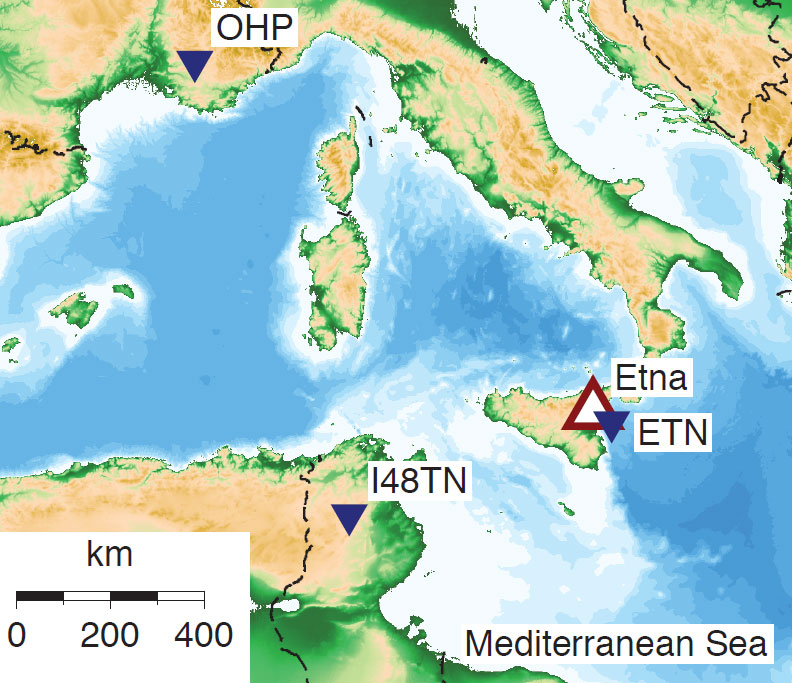Monitoring Extreme Events
How to use the module
Choose a start date and an end date. A longer period of time will make the plotting result longer to obtain.
You can choose one or several types of curves to be displayed on the same plot.
Starts the plotting
Erases the filters you have previously chosen.
Downloads a NC file of the plot.

PanTool: allows the user to pan the plot by left-dragging a mouse or dragging a finger across the plot region.

BoxZoomTool: allows the user to define a rectangular region to zoom the plot bounds too, by left-dragging a mouse, or dragging a finger across the plot area

WheelZoomTool: will zoom the plot in and out, centered on the current mouse location. It will respect any min and max values and ranges preventing zooming in and out beyond these.

Save: The save tool pops up a modal dialog that allows the user to save a PNG image of the plot.

Reset: The reset tool will restore the plot ranges to their original values.

Hover: is a passive inspector tool.
